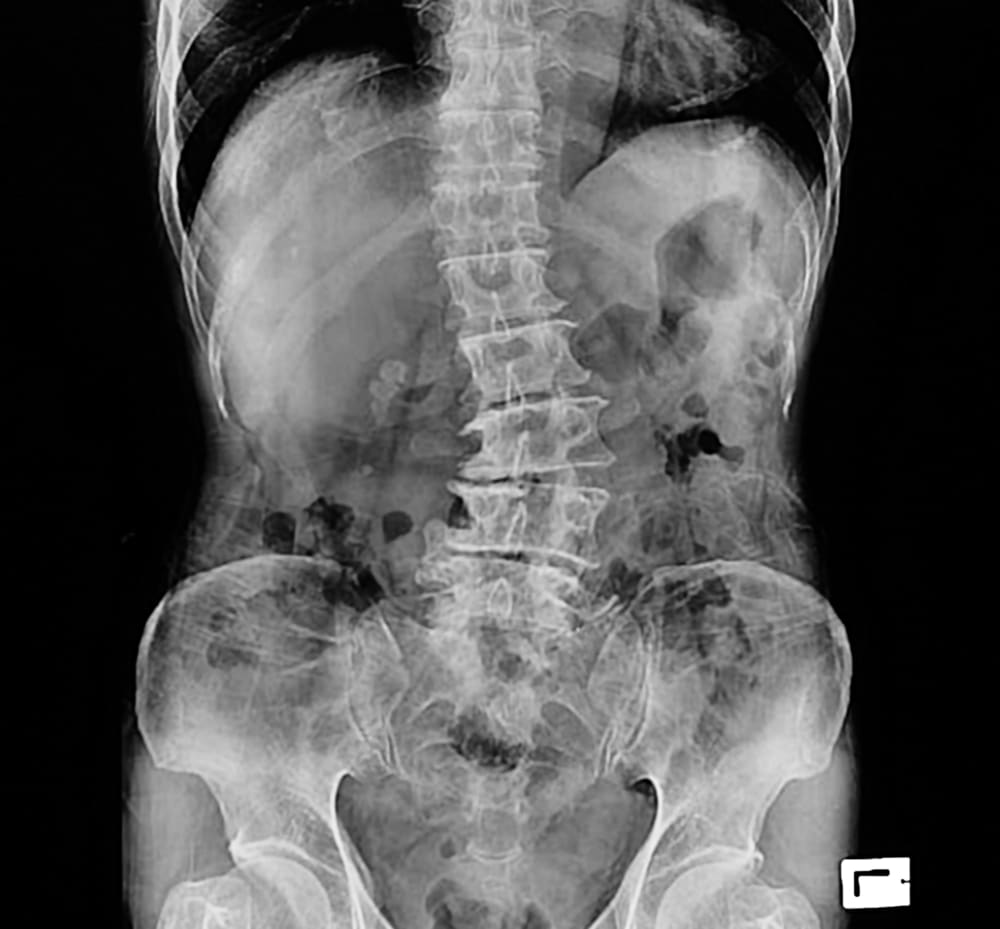
A healthy spin should have a normal slight S-curve vertically but is straight laterally. Scoliosis is the name of the condition when the spine twists and/or curves to the side.
It isn’t something severe but could be a cause of back pain in many children and adults but could be a cause of back pain or discomfort in many children and adults.
Visible Symptoms:
A body with scoliosis will appear to “lean” to one side or that the spine visibly curved. This could include the shoulder and hip being higher or more prominent than an unaffected body.
Other visible signs could be that clothes don’t fit very well or that ribs more prominent on one side of the body.
Invisible Symptoms
Back pain in adults is common as it overworks one particular set of muscles while not working others. For children and young adults, there can be some discomfort due to them growing with the condition.
Cause
There aren’t many causes of scoliosis that can be identified. This is known as idiopathic scoliosis. However, it is commonly linked to nerve or muscle conditions – such as muscular dystrophy or Marfan syndrome. This is known as neuromuscular scoliosis.
Other causes are from the bones in the spine not forming properly, known as congenital scoliosis, or from old age, known as degenerative scoliosis.
Treatment
If you or your child experiences any of the symptoms above, you should see your GP. It is unlikely that you will require any treatment but it depends on the severity of the curve, age and likelihood of it getting worse.
Babies and children are unlikely to need treatment as the curve may improve over time. Older children may simply use a brace until they stop growing. If the curve is severe, then surgery may be recommended when they stop growing.
Adults may need treatment to alleviate the symptoms – such as painkillers or spinal injections for back pain. It is unlikely surgery will be needed except in exceptional cases.
Living with Scoliosis
Scoliosis hardly affects peoples’ lives – they can continue to live normal lives. Once you stop growing, the condition usually stays the same. For those wearing a back brace, it could be uncomfortable and embarrassing, especially for younger children or teenagers. If you are having trouble living with the condition, contact Scoliosis Association UK for support and information.
For more orthopaedic news, follow London Bridge Orthopaedics on Twitter, Facebook and LinkedIn.









